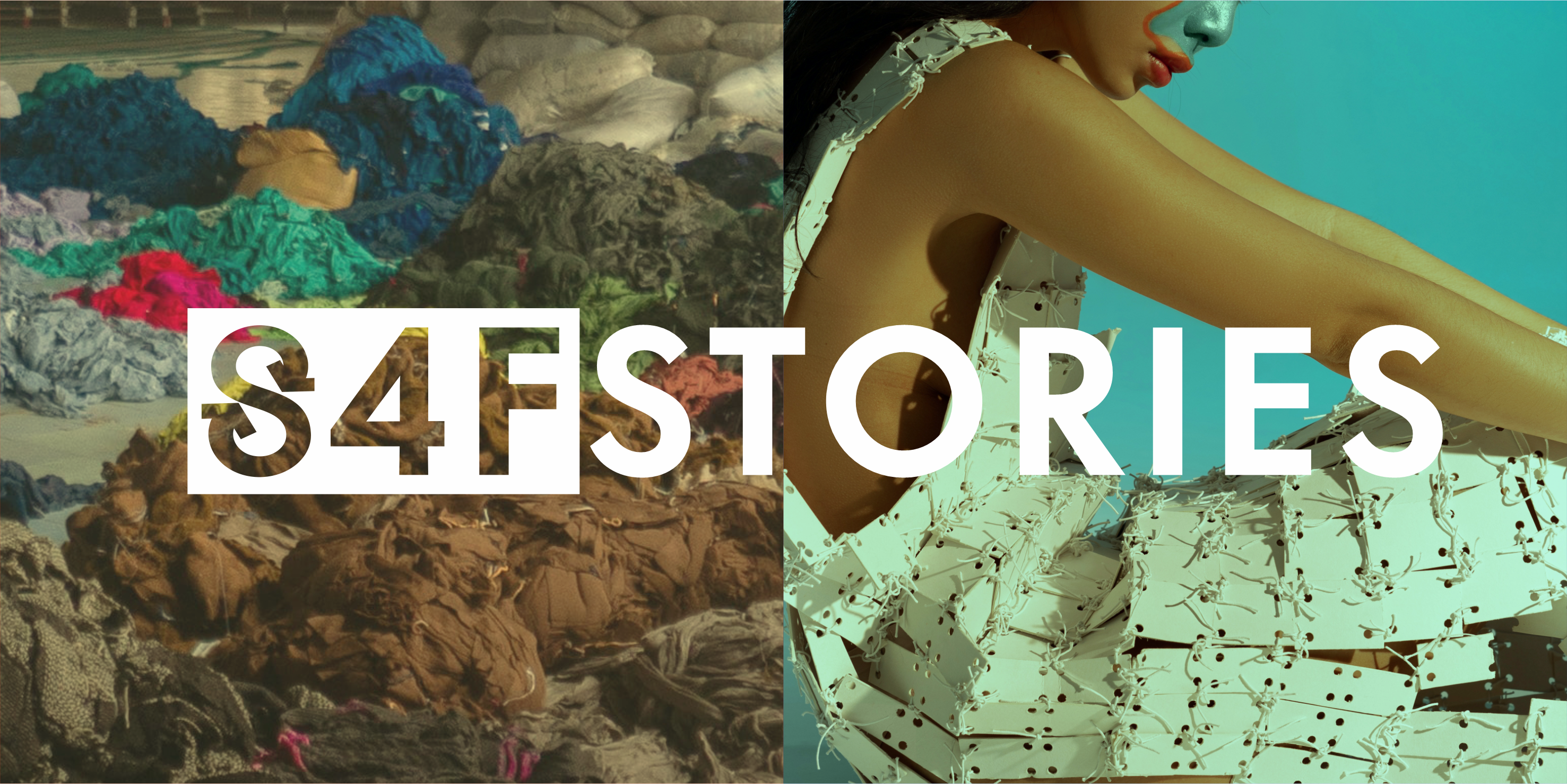Ecaterina is trying to bring sustainable fashion in Moldova. She is an activist, fashion designer and embroidery artist. She believes that we can make fair fashion and always looks for ways to make a change.
.
Why do you support circular/sustainable fashion?
I believe that whatever we choose to do we should reduce the negative impact of our activity. So my support of circular and sustainable fashion comes from care for nature and people. I don’t want my art to harm anyone or to contribute to injustice.
What is your main challenge implementing sustainability/circular fashion in your vocation?
Besides the lack of funding and lack of information about sustainable practices in the local context, my biggest challenge is the inflexibility of the fashion industry and no to little desire to change. The fashion industry is a pretty robust structure driven by profit only. It was pure luck to meet people who think differently and who want to give up old habits and learn something new. Together we redefine what fashion means so it can benefit the people and the planet.
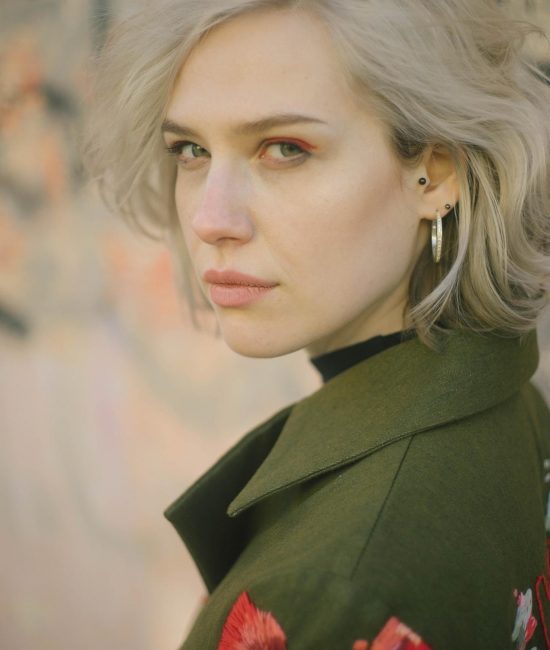
Describe the experience!
The most positive experience I had so far on this path is the internship at zero-waste design online collective.
There I had The opportunity to meet an international community of like-minded people and to work side-by-side with pioneers of zero-waste design. Because of graduating from the traditional patternmaking school, it wasn’t easy for me to switch to zero-waste design. I did a lot of mistakes, but it’s a journey and it worths it. 3D helps a lot, but it’s a challenge also, because you have to invest the time and money to learn the software first.
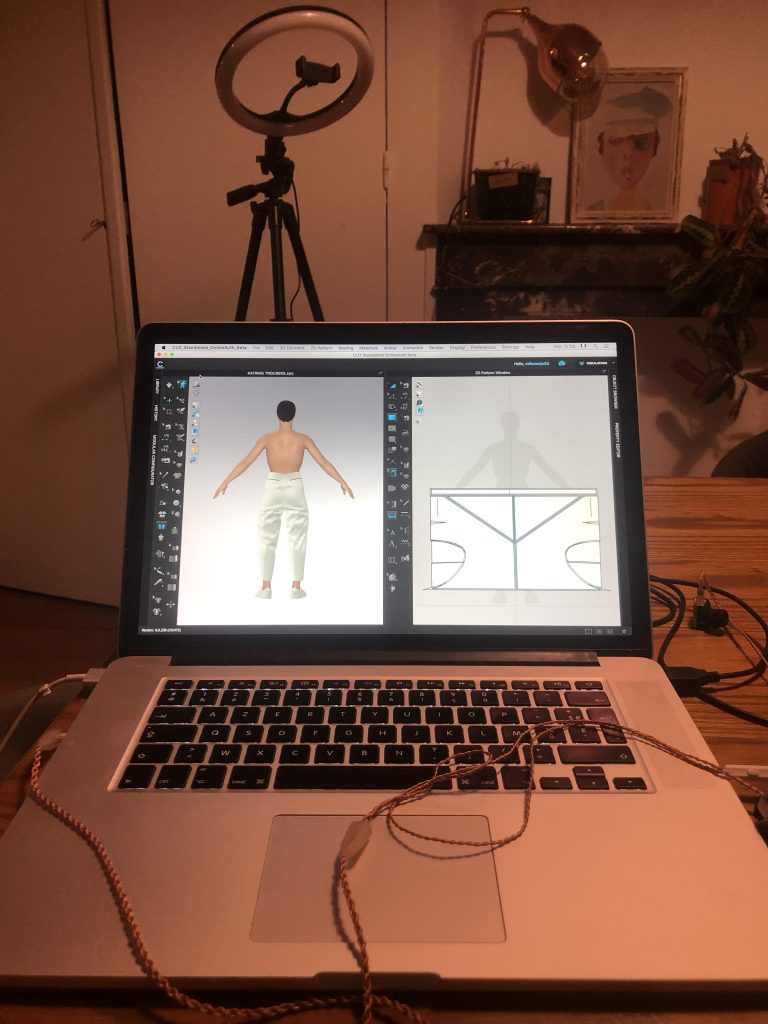
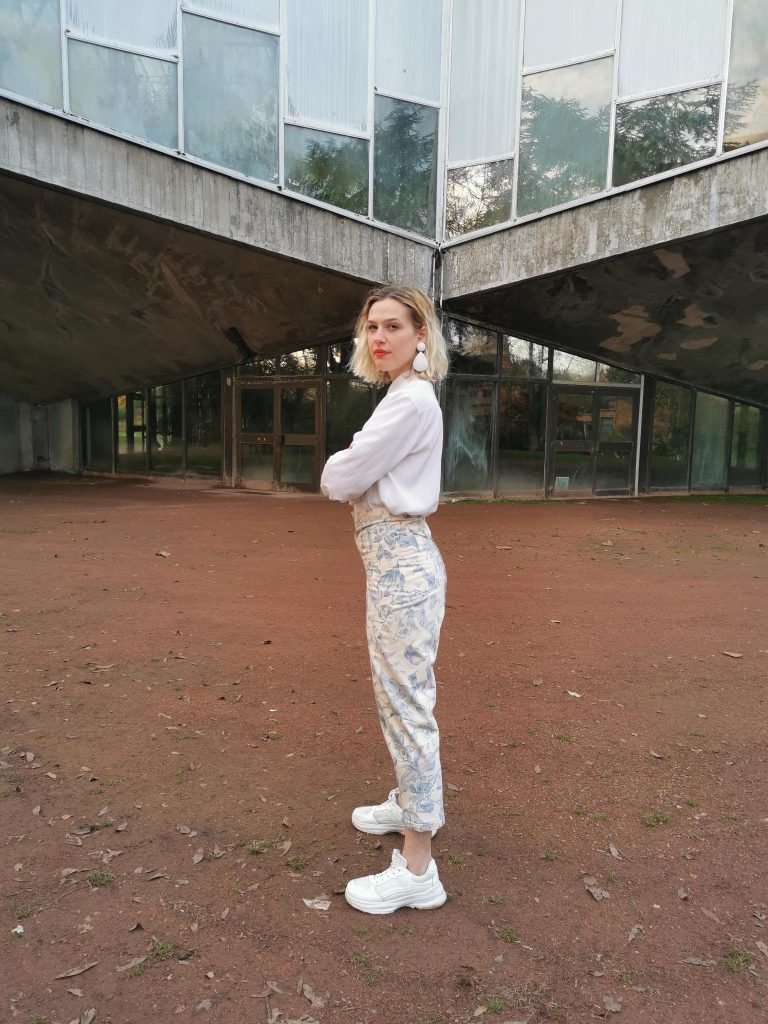
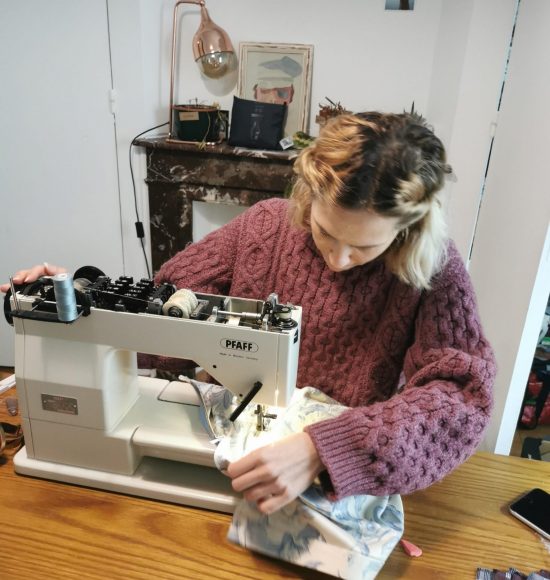
What are your learnings and what advice can you share with others?
For those interested in zero waste design I recommend learning about it on
then download Clo3D and start experimenting. Just play with it and the joy of creating unique and fair clothing will guide you through.
Fashion is a powerful tool but to walk away from its toxic practices we have to transform it through collaboration, education, and innovation.
If you have a brand try to make at least one zero waste garment, if you do education, add zero-waste design to your curriculum, learn about the methodology and mitigate for it.
It’s a solid solution to save 15% of the fabric, which ends up in the landfill after the pattern cutting process.
Important notice: The above content is not approved by the European Commission.
